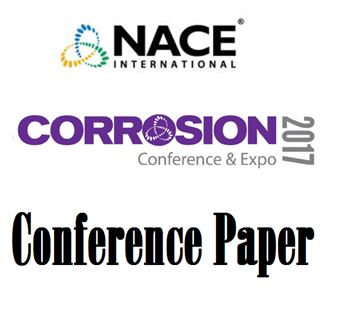Search
03157 DEVELOPMENT OF A REGULATORY FRAMEWORK FOR MATERIAL SELECTION CORROSION MANAGEMENT AND PIPELINE INTEGRITY MONITORING
Also Purchased
51312-01632-Material Selection and Corrosion Control for Topside Process and Utility Piping and Equipment
Product Number:
51312-01632-SG
ISBN:
01632 2012 CP
Publication Date:
2012
$20.00
Design Challenges for Material Selection in Sour and High Salinity Gas and Oil Production Facilites
Product Number:
51317--9244-SG
ISBN:
9244 2017 CP
Publication Date:
2017
$20.00
01042 MATERIAL SELECTION FOR SEPARATION, TRANSPORTATION AND DISPOSAL OF CO2
Product Number:
51300-01042-SG
ISBN:
01042 2001 CP
$20.00




